Cameras capture the most dangerous predator of all
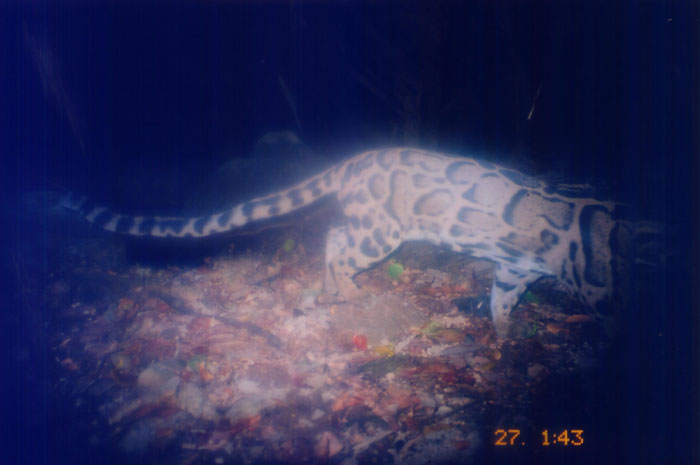
A clouded leopard caught on camera in Khao Yai National Park in Thailand. (Photo courtesy of Kate Jenks)
Khao Yai National Park in central Thailand covers some 1,357 square miles and, as Thailand’s oldest and most popular park, welcomes hundreds of thousands of visitors through its gates each year.
Recently, after examining hundreds of photos taken by camera traps set up to monitor clouded leopards in the park, three Smithsonian researchers conclude that Khao Yai also is quite popular with a different kind of visitor: poachers.
Next to the Eurasian wild pig, humans were the most common creature to show up in the camera-trap photos—villagers, park staff, tourists and poachers—write Kate Jenks, JoGayle Howard and Peter Leimgruber of the Smithsonian Conservation Biology Institute in a recent issue of the journal Biotropica. Humans appeared in photos from 43 of the 217 different sites in the park where the camera traps were set, even though 78 percent of the park is zoned as a strict nature reserve/primitive area.
Attached to trees in the forest, the camera traps use an infrared beam that can detect motion or a change in temperature to trip the camera’s shutter. The researchers considered humans in the snapshots to be “poachers” only if they were carrying a gun, a carcass or animal parts, a bag to carry forest products and animals; or if they were accompanied by a dog, Jenks explains.
Surprisingly, close analysis of the project’s some 650 photos revealed the presence of poachers very close to Khao Yai’s 21 ranger stations. Few carnivores, such as clouded leopards, were photographed near the stations.
“We expected to find higher carnivore biodiversity near the ranger outposts because those areas should be really well protected,” Leimgruber says. They are not.
In fact, Jenks says, “the ranger stations seem to be having the opposite of their intended effect. Building and staffing the outposts required the construction of roads into the park, which has provided easier access for everyone into the forest.”
In Southeast Asia poaching is fueled by demand from the traditional Chinese medicine trade, trade in wild bush meat for human consumption and forest products the researchers say. In addition, Jenks says, there are villages right up on the boundary of the park with no transition and no buffer zone. It is very easy for villagers to wander into the park.
Jenks, Howard and Leimgruber recommend increased foot patrols by park staff through the forest and continued monitoring of the impact of these foot patrols using the camera traps. Unless the human presence in and impact on the park is reduced, wildlife populations “will only shrink progressively into smaller and smaller core areas of the park” the researchers write.
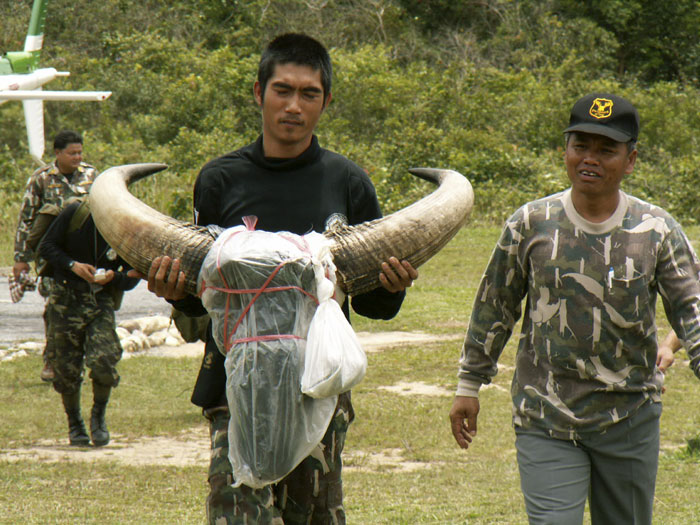
Park rangers with the head of a gaur killed by poachers. The gaur, a species of wild ox, is listed as vulnerable by the International Union for the Conservation of Nature and is especially threatened in Thailand. (Photo courtesy of Kate Jenks)
JoGayle Howard, a prominent researcher at the National Zoo who had dedicated her life to the study and conservation of endangered species, passed away last year. She was instrumental in developing this wildlife conservation project.
“Do Ranger Stations Deter Poaching Activity in National Parks in Thailand?” by Kate Jenks, JoGayle Howard and Peter Leimgruber appeared in the scientific journal Biotropica.
It should be noted that the researchers work was conducted with Freeland Foundation in Thailand (Previously known as WildAid). This video from Freeland features footage from Pang Sida National Park.
Posted: 16 May 2012
-
Categories:
Collaboration , Feature Stories , Science and Nature , Zoo & Conservation Biology Institute
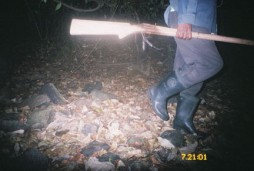


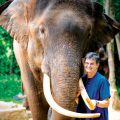
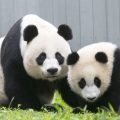





Thanks for your great article on park protection efforts in Thailand. It should be noted that the researchers work was conducted with Freeland Foundation in Thailand (Previously known as WildAid). The video from Freeland you feature is also actually footage from another park nearby to Khao Yai: Pang Sida National Park. The effort begun in Khao Yai is being replicated on a larger scale to all the parks in Thailand’s Eastern Forest Complex.
We are happy you are featuring our work, but would just ask that you credit Freeland’s video.
We’re happy to credit Freeland–and thank you for all your good work!